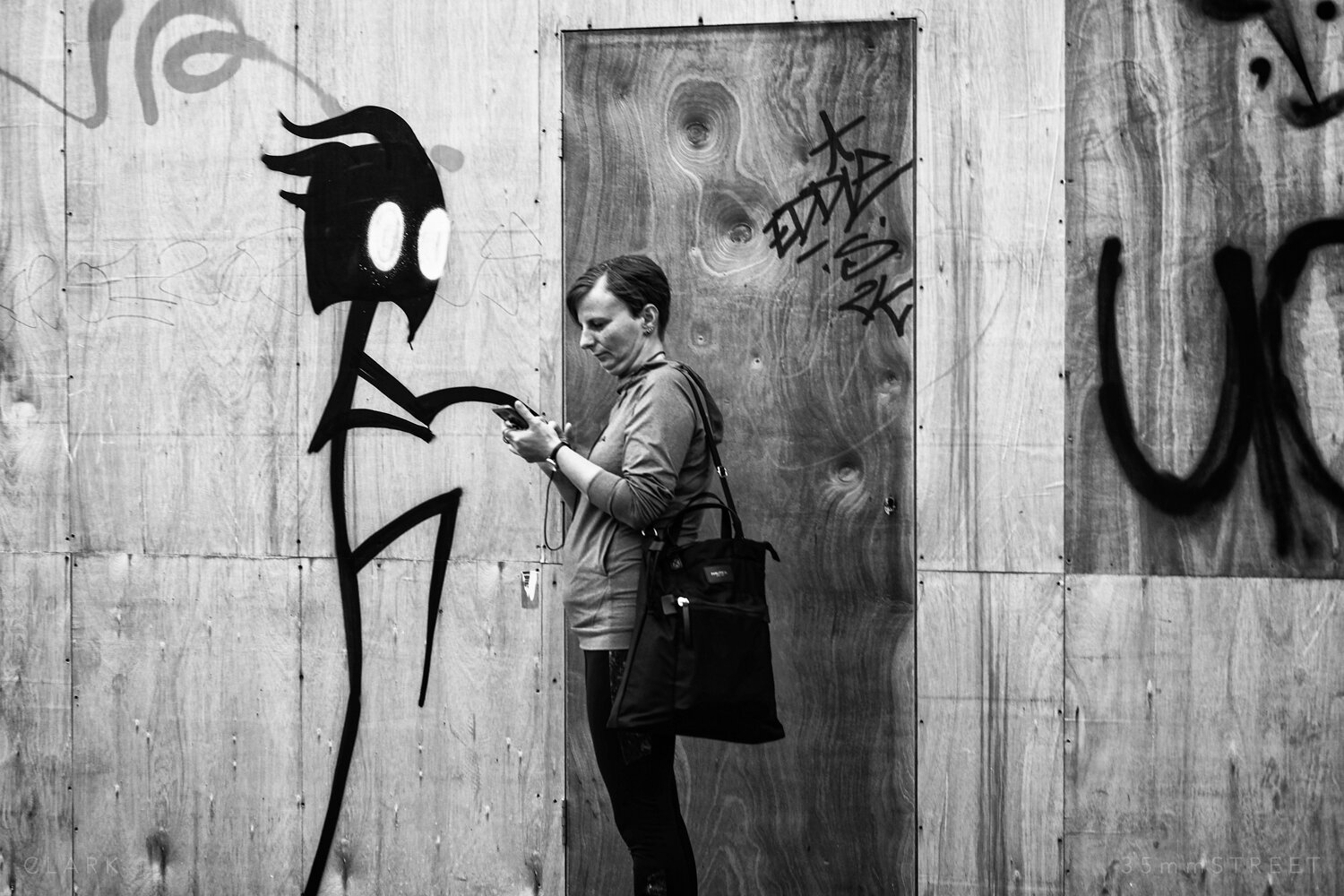Things about Street Photographers
Things about Street Photographers
Blog Article
The smart Trick of Street Photographers That Nobody is Discussing
Table of ContentsThe Street Photographers StatementsThe 9-Minute Rule for Street PhotographersNot known Facts About Street PhotographersExcitement About Street PhotographersStreet Photographers Things To Know Before You Buy
A category of digital photography that documents day-to-day life in a public area. The actual publicness of the setting enables the digital photographer to take candid photos of strangers, usually without their understanding. Street digital photographers do not necessarily have a social function in mind, yet they prefer to separate and catch moments which may or else go undetected (Street Photographers).He was influenced by numerous of those that affected the street professional photographers of the 1950s and '60s, he was not primarily interested in capturing the spirit of the street., that functioned side by side with photographers attempting to catch the significance of urban life.
Due to the fairly primitive technology offered to him and the lengthy direct exposure time required, he had a hard time to record the pressure of the Paris streets. He trying out a series of photo methods, attempting to discover one that would certainly permit him to capture motion without a blur, and he discovered some success with the calotype, patented in 1841 by William Henry Fox Talbot. As opposed to Atget, digital photographer Charles Marville was hired by the city of Paris to produce an encyclopaedic document of Haussmann's metropolitan preparation task as it unravelled, hence old and brand-new Paris. While the photographers' subject was essentially the same, the results were significantly various, demonstrating the effect of the professional photographer's bent on the personality of the images he produced.
Given the great top quality of his photos and the breadth of material, designers and artists typically got Atget's prints to utilize as recommendation for their own work, though commercial interests were rarely his major inspiration. Instead, he was driven to photograph every last remnant of the Paris he enjoyed.
Street Photographers for Dummies
They reveal the city via his eyes. His job and essential understanding of photography as an art kind offered as inspiration to generations of digital photographers that followed. The future generation of street photographers, though they likely did not refer to themselves therefore, was introduced by the photojournalism of Hungarian-born professional photographer Andr Kertsz.
Unlike his peers, Brassa used a larger-format Voigtlnder camera with a longer direct exposure time, forcing him to be a lot more computed and thoughtful in his method than he may have been if making use of a Leica. (It is thought that he may not have had the ability to manage a Leica at that time, but he did, however, use one in the late 1950s to take colour pictures.) Brassa's photos of the Paris underworld brightened by artificial light were a revelation, and the compilation of the collection that he published, (1933 ), was a significant success.
Cartier-Bresson was a champ of the Leica electronic camera and one of the very first digital photographers to maximize its capabilities. The Leica enabled the professional photographer to interact with the surroundings and to record minutes as they happened. Its relatively tiny size likewise aided the photographer fade into the background, which was Cartier-Bresson's favored strategy.
Street Photographers - Questions
It is because of this basic understanding of the art of image taking that he is usually attributed with finding the medium around again roughly a century since its development. He took pictures for more than a half century and influenced generations of digital photographers to trust their eye and intuition in the moment.
These are the inquiries I shall attempt to address: And after that I'll leave you with my very own definition of road photography. Yes, we do. Let's kick off Continue with defining what a definition is: According to (Street Photographers) it is: "The act of specifying, or of making something guaranteed, unique, or clear"
No, definitely not. The term is both restricting and misdirecting. Appears like a street digital photography must be photos of a roads ideal?! And all street digital photographers, except for a handful of outright beginners, will totally appreciate that a road is not the essential part to street digital photography, and really if it's an image of a street with possibly a few monotonous people not doing anything of interest, that's not road photography that's a picture of a road.
Unknown Facts About Street Photographers
He makes a valid factor do not you assume? While I concur with him I'm not sure "candid public photography" will catch on (although I do kind of like the term "candid photography") since "road digital photography" has actually been around for a lengthy time, with lots of masters' names affixed to it, so I think the term is below to remain (Street Photographers).
Inside?! I hear you scream as you drink your fist to the sky. Why not? You can shoot at the coastline, at a festival, in an alley, in a park, in a piazza, in a coffee shop, at a gallery or art gallery, in a city terminal, at an occasion, on a bridge, under a other bridge ...

Some Known Details About Street Photographers

Report this page